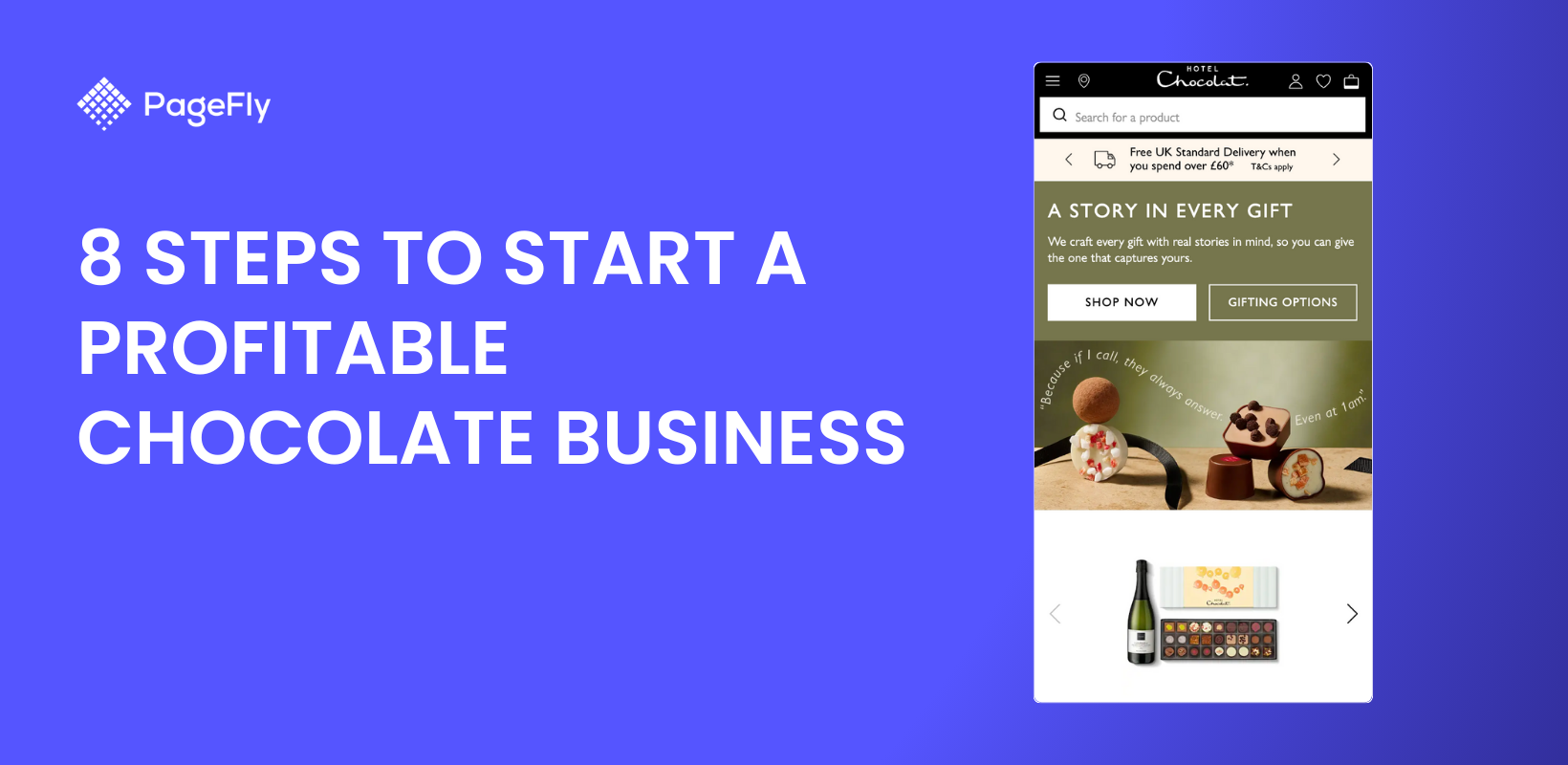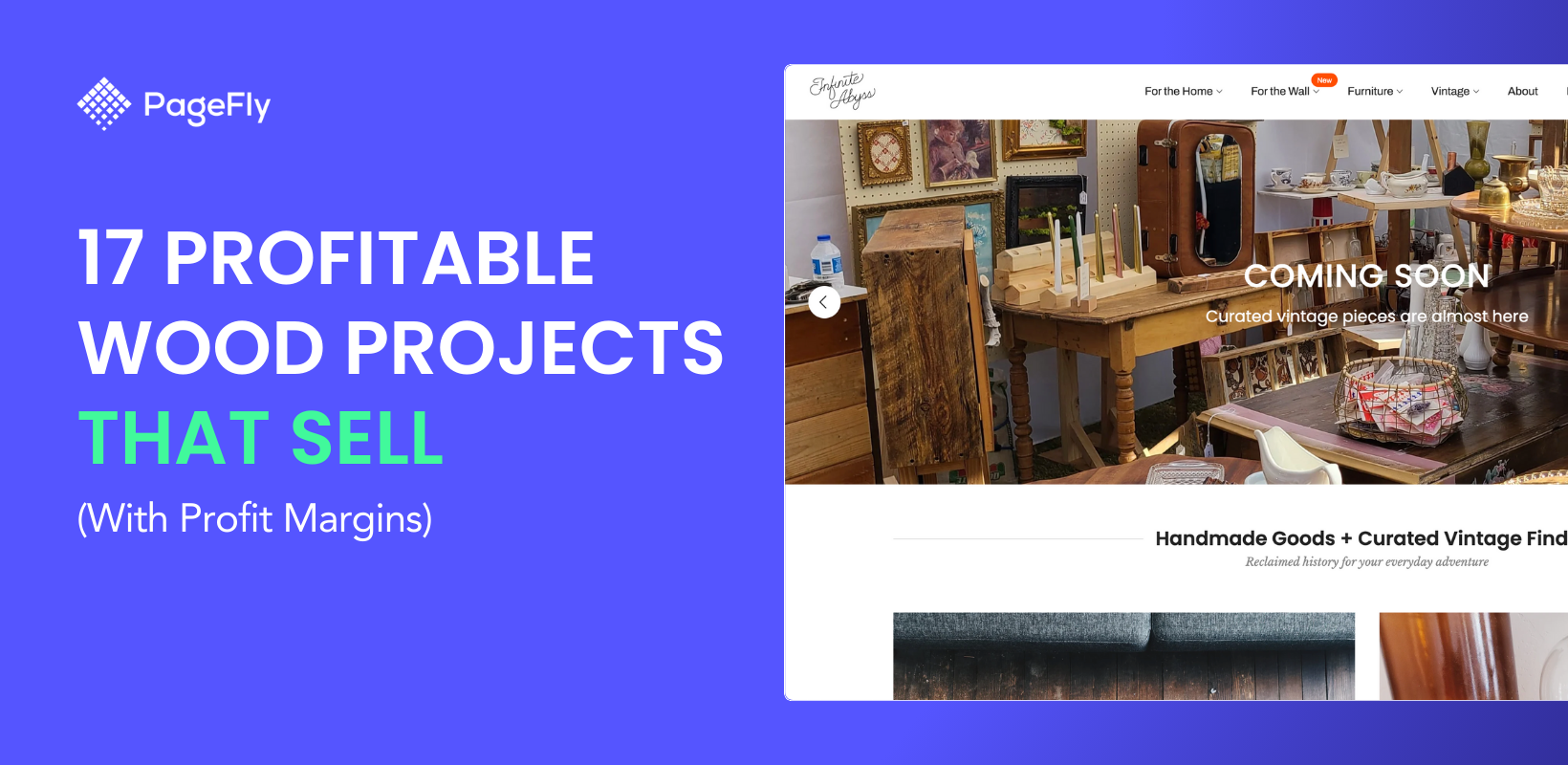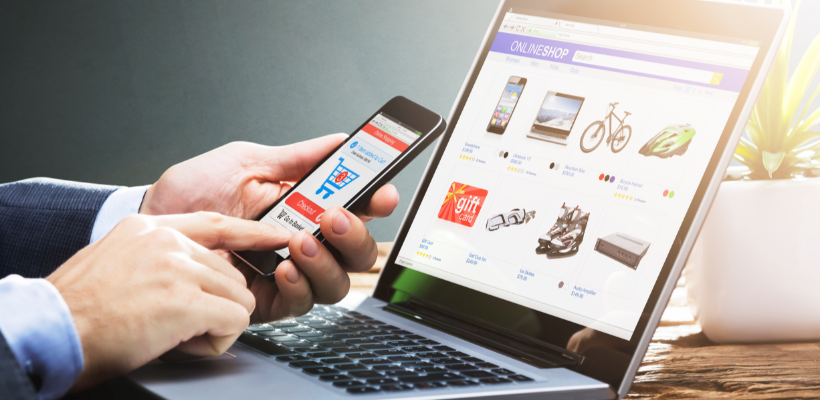Retail stores often use the term point of purchase display or POP display when strategizing the placement of consumer products. A recent study showed that 96% of supermarket customers make at least one purchase affected by the POP material.
Point of purchase displays can be a really effective tool for persuading customers to suddenly buy something in a store, even without it on their list. Retailers often place them beside the merchandise they want to promote, which places those items at the center of everyone's attraction with greater visibility. Having a clear understanding of how to create POP displays and their benefits can help your business take advantage of relatively high-traffic and increased revenue. In this article, we discuss the types of POP displays, benefits of it, as well as examples for inspiration.
Outline
- Why Point of Purchase Display is Effective in Retail Marketing?
- Types of Point of Purchase Displays
- Temporary Point Of Purchase Displays
- Semi-Permanent Point Of Purchase Displays
- Permanent Point Of Purchase Displays
- Digital Point Of Purchase Displays
- Benefits of Point Of Purchase Displays
- Examples of Point Of Purchase Displays
- Conclusion
Why is Point of Purchase Display Effective in Retail Marketing?

The point of purchase displays not only. For smaller items, you can place the POP displays in the register line where people can see them while waiting to check out other items they bought.
Its success is influenced by the uniqueness each product has, as long as it can highlight what sets it apart, it can be effective in contributing to the entire marketing material. It should emphasize its key selling points that may encourage people to buy. Also, the effectiveness of it lies behind the message and words that make people remember your brand. If you know your target audience, your display will definitely be concise leading to more functionalities.
See this KitKat dump bin below, the fact that they used a design that can be recognized even from afar was a great idea. With a witty structure, you can successfully encourage impulse buying from customers even if they’re not looking for your product.

Types of Point of Purchase Displays
Point of purchase marketing is the messages delivered to potential customers at the very exact point they make a purchasing decision, either in-store or online. Here are some of the types of point of purchase displays for your reference:
Temporary Point Of Purchase Displays
Temporary pop displays last within a few months, let us say two to three months since marketers and their designers put them up using inexpensive materials such as corrugated cardboard. A lot of brands start at a temporary display, especially if their goal is to test the market solutions, promote a new or limited product, or observe an increase in impulse purchases.
💡 Quick read: Different Types of Store Layouts
A retail store is basically the home of the POP display. Merchants have it in various sizes, from smaller single-sided countertop displays to full-sized aisle displays that stand about waist high and display products on two or more sides of the display.
An example of a temporary point-of-purchase display could be a small countertop display box to advertise small products such as those limited flavored candy, lip balm, cigarette or any travel sized items.

Semi-Permanent Point Of Purchase Displays
The semi-permanent POP displays are quite similar to a temporary POP display. The only difference is that semi-permanent POP displays are often made out of stronger materials. It may include glass, heavy-duty cardboard, metal and hard plastics.
Just like temporary POP displays, they can be in small or full-sized aisle displays. Though semi-permanent displays may be used with the same goal as temporary displays, they are commonly used for more expensive items. This display is mostly used by brands such as makeup, liquor, unusual foods, vintage books, and other high-end consumer goods.

Permanent Point Of Purchase Displays
Permanent point-of-purchase displays are made to last anywhere from one to three years or longer. Compared to temporary displays, this one is constructed from a more expensive and durable material, such as glass, metal, and wood as it stands like an investment.
Some retailers often try to make these permanent displays appear as if it's a separate area or stall within the actual larger store. So, permanent point-of-purchase displays are somehow ideal for larger brands. Note that they require the highest amount of money to build and costly maintenance fees — not to mention the risk linked to this strategy. However, if properly planned, accurately designed, and successfully constructed and implemented, they can definitely bring good returns on the initial investment.
Permanent point-of-purchase displays are an ideal fit for larger and more established brands as they have the highest upfront and maintenance costs, together with the highest risk as a consequence.

Digital Point Of Purchase Displays
Digital displays feature an LCD screen or similar digital monitor to promote the product, though they may still have a physical body like the other traditional POP displays. Often, the entire display is a large LCD screen that presents videos or slide shows of the product introduced on the device.
Digital point-of-purchase displays can be utilized for advertising different products. You can find digital POP display examples in supermarkets, convenience store, department stores, and other shopping areas.

Benefits of Point Of Purchase Displays

The moment consumers go out of their homes, brands start fighting for their attention. Signage, flyers, posters, and more are used to force them to take a closer look at your brand. But in reality, a simple and minimal sign or poster cannot do all the work. We mean, it is not the most effective method of capturing their full attention.
So, the question is, how can you get your product noticed more despite other products trying to bump in the eyes of the target market? One of the answers is with the proper use of POP displays.
As mentioned above, the POP display may be used to promote new products, introduce a special promotion, and such. These displays are branded uniquely for the product that is being advertised. This allows designers and even marketers to strategize on how they can best encourage shoppers to engage. There is nothing wrong with trying, as some of the displays don't require you to have massive upfront money. For now, let us see below some of the benefits a point of purchase display has.
Low cost

A lot of factors influence the total cost of a POP display —quantity, materials used, size, and such. For simpler and smaller POP displays, the price could be within a two-figure range. While those larger, more detailed, and requires higher quality material could be priced from hundreds to thousands of dollars. The cost will also be affected depending on whether it is a custom-made or stock display.
Also, think about how many displays you want in order to accurately prepare the needed money for the creation process. For instance, a quite big company marketing food products may need hundreds of POP displays for every market or store in which their products are being sold.
Target Impulse Buyers

Impulsive buying or impulsive purchase is the behavior of customers purchasing unwanted items from the store because of certain factors that drive them to do it. Often, this impulse happens due to various attractive offers and discounts offered by either producer or retailer.
According to a meta-analysis published in the Journal of the Academy of Marketing Science, buyers spend an average of $5,400 a year impulsively buying items like food, clothing and even shoes.
Some people who enter a store, may not exactly know what they really want to buy yet. They may not bring a list of items needed to be purchased, not like the others. Those people who only aim to window shop out of boredom are great examples of consumers who are prone to impulsively buy products.
Still, those who have the intention of buying something can also be a target of impulse buying, especially when they notice signs showing the unique value of a brand or product.
Highlight Product

Emphasizing the key features of your products ensures that shoppers see and understand the most charming characteristics of the item. A POP display can accentuate product features by simply placing them on the most visible part of your store.
A POP display can help you define the selling proposition of your product which can make it stand out from other competitors. Make sure that your display points out what makes the product different. Learning and knowing what ultimately attracts consumers to the product can help you establish the best strategy for highlighting that product's specific features.
💡 Quick read: Visual Merchandising Strategies for Shopify Store
Don't forget to consider your target audience. You can do experiments and observations on what advertising methods they find the most persuasive in order for you to properly execute your chosen type of POP display.
Remember, each demographic and market may have its own preferences for how they want to learn about your product's full features, so it's better to conduct research on the way of messaging and advertising your customers will see.
Increase sales

Point of purchase display may really take your advertising to the next level. Of course, before you totally invest in a POP display, try to compare temporary, semi-permanent, permanent, and digital displays. After that, consider what your branding really is, the cost of materials, and the size of your POP display. These will all be necessary for garnering and computing the sales made through the use of POP displays.
POP displays help generate sales and increase brand awareness, which will help you establish your entire brand while reaching a wider demographic. These merchandising displays provide a chance for you to showcase more than just your product — they can amplify your brand logo, voice, and more.
Examples of Point Of Purchase Displays

Carrying out displays well at retail is something that every brand must learn if they want to make it to the next step of entrepreneurial life Once customers are already in the store, think about how you will get them to interact with and later on purchase your products. Well, it all lies in your point of purchase marketing and strategies.
By effectively tapping customers within the store, you can indeed increase your sales without the need to increase your budget. Point of purchase marketing can be your main assistance to easily improve your brand’s overall performance at retail. Now, let us go deeper into the examples of point of purchase displays.
Shelf-Takers

Shelf talkers are those hanging tags located on an aisle shelf with the goal of promoting your product. They are useful in catching the customer's attention, making your brand or product stand out, pointing out your current promotions as well as educating buyers, especially the new ones, about your product.
Shelf talkers are mostly cheap since it does not necessarily need expensive materials to be built. You can mostly see these in grocery stores, "hang-tag," as they call it, is an easy way to guide customers to your product in the aisle.
Most shelf talker uses bright colors and pictures to really pop out from the shelf. For instance, a drink product often displays many different flavor options and uses witty words and images to draw customers' attention.
Floor Graphics

Floor graphics are another way to get shoppers’ eyes as they go down the aisle. Ideally, floor graphics should be positioned on an area in front of the shelf where your brand is placed, so that customers can easily locate your products after noticing and becoming interested in your POP displays.
We can say that large graphic is much more effective in capturing the attention of bystanders. This larger medium displays your product info in a very visible manner so that even those people meters away from your items can actually see it and be forced to go towards it. It is better to include photos for them to quickly identify what you are promoting.
End Caps

End caps can be placed at the end of an aisle where two aisle shelves are positioned back-to-back. End caps let you place your product in certain areas without needing aisle shelf space. Aside from that, it can also be put near the store entrance, where retailers are able to draw attention away from other shops and entice customers into their own stores. Brands also place assorted products on the endcap to get more customers to see their products.
Endcaps are a good way to showcase brand-new items or special deals, as well. They can actually bring in more traffic to your store since customers will be more likely to notice the endcap display when roaming around. When using this display, make sure that you keep it updated so that it is always fresh in the eyes of the shoppers.
Free Standing

Free standing displays or cartons allow you more flexibility in terms of location within the store. They are also really easy to implement so startups can somehow benefit from using them. Since they are usually made out of cardboard, you can get creative and experimental by using attention-grabbing shapes or designs, such as creating a giant version of your product.
Unlike other POP displays, you can introduce your brand using free-standing without a shelf or wall. You can transport it in areas where most customers pass by to maximize your brand’s impressions.
Dump Bins

Dump bins are ideal for candy bars, food accessories and small food items. Just like free standing displays, you can set this anywhere in your store without needing shelves.
Dump bins are commonly used for small-packaging items that customers may want to buy a few of. Among the advantages of dump bins is that they can be strategically interacted with from all angles. They are also an excellent opportunity to project your brand’s image on a large surface.
Conclusion
There are tons of things you can do and achieve with the right point of purchase display for your brand. Yes, you can experiment but don't just use displays based on your preference. There are some products that work best on specific displays, so carefully consider which display you should use to ultimately achieve your business goals.
Also, it is very important to be creative and come up with never before seen ideas for your displays. What really captures people’s attention regarding these displays is how much you can say about them despite the limited space you have, you just need to utilize them.
Make sure that your display is in line with your brand voice and mission. Using high-quality materials is okay but not required, again it is a matter of creativity and innovation.





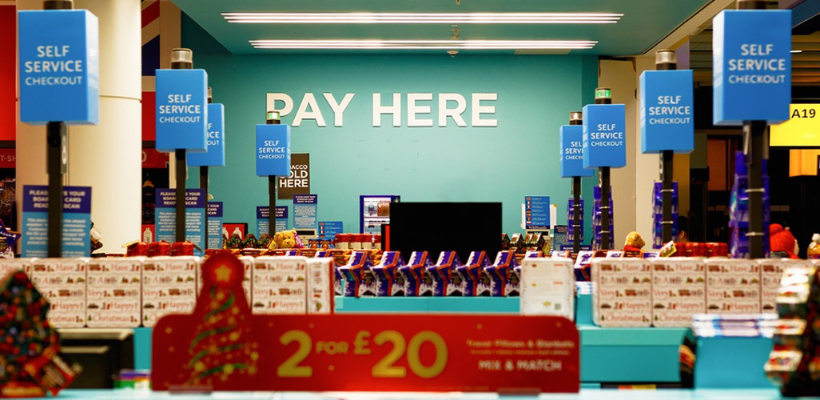

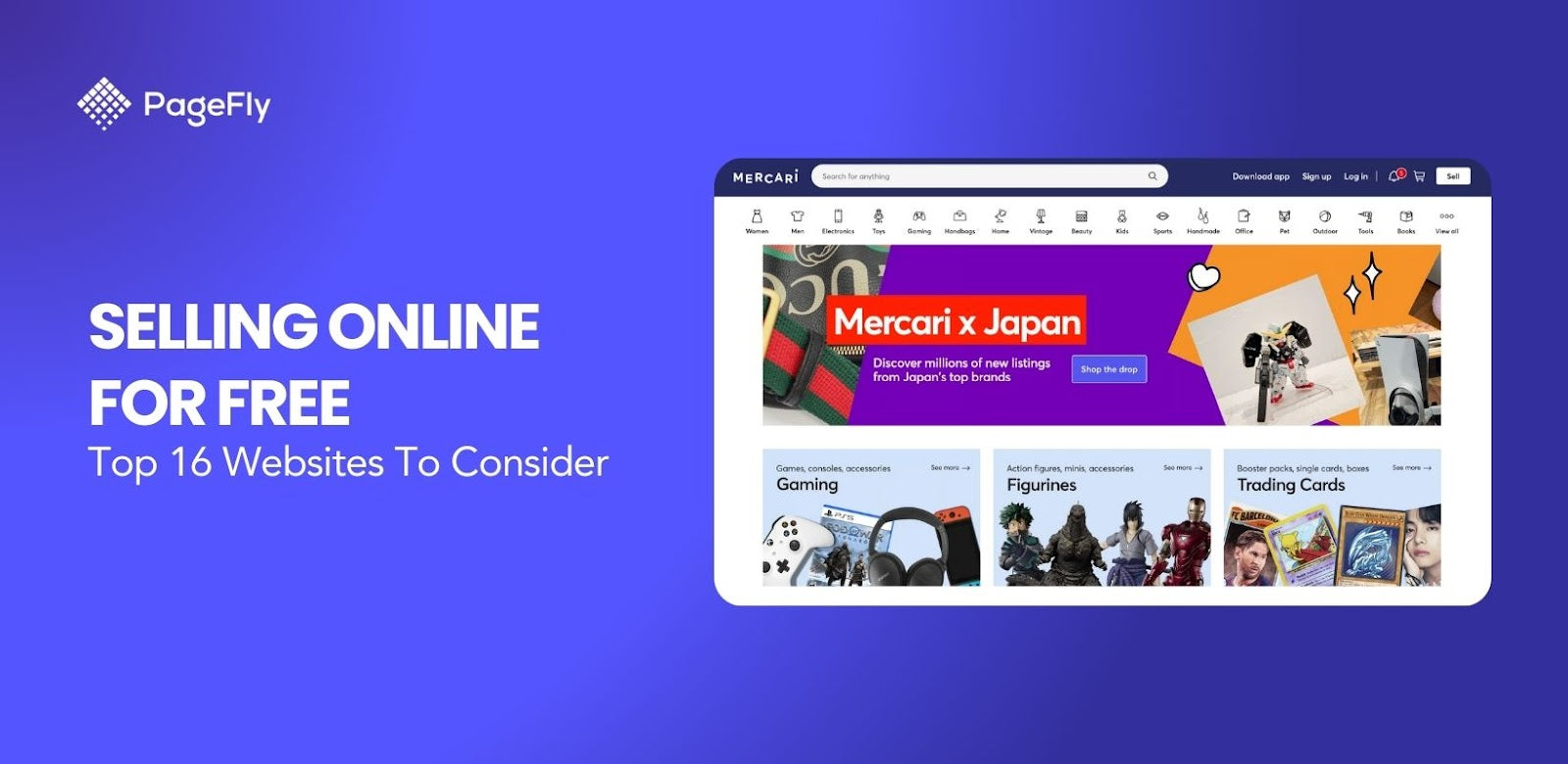
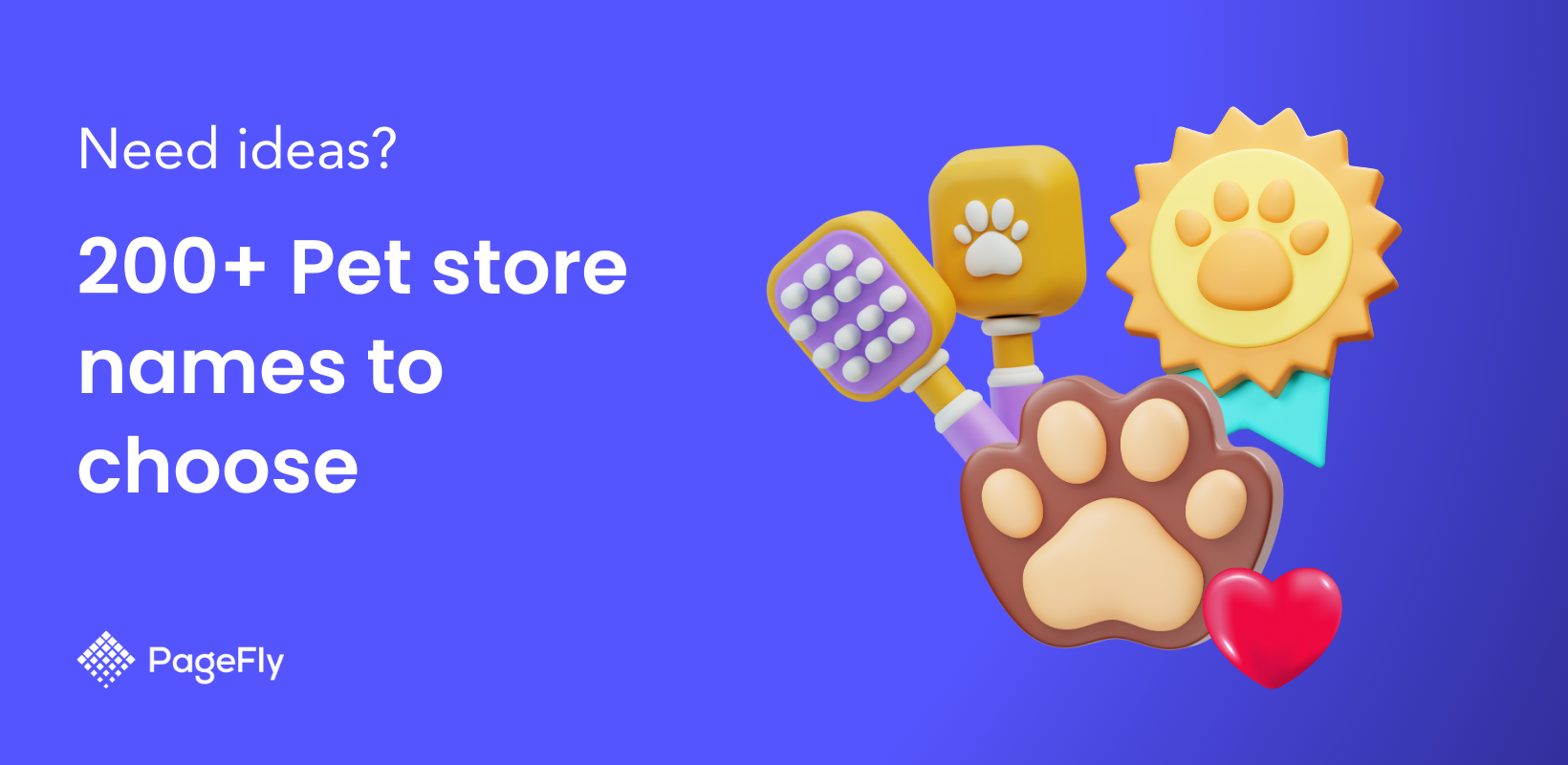
![14 Profitable Small Food Business Ideas for 2025 [Real Numbers]](http://pagefly.io/cdn/shop/articles/1_58b587d2-13db-4aa6-8c19-e40f5c88d3eb.jpg?v=1758255771&width=4460)
![Art Business Names: 350+ Ideas + Free Generator [2025 Updated]](http://pagefly.io/cdn/shop/articles/art_business_name_e94a54e9-d325-4ba3-94ab-7b4297952312.png?v=1760062968&width=1640)

